2022 Tele Vue Product Anniversaries
This week we celebrate our 2022 product anniversaries and wind our way through the history of Tele Vue and the movies.
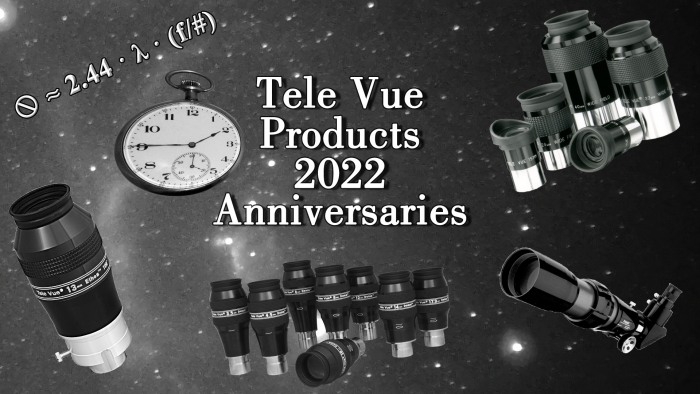
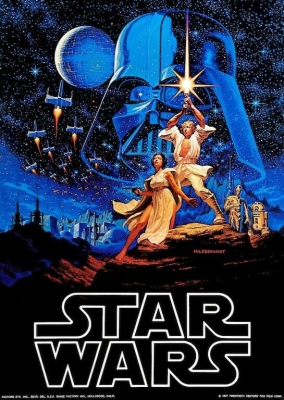
1977: 45 Years Ago
Did you know that Tele Vue built and sold a 6.1″ aperture, 279mm focal length, f/1.8 objective way back in 1977 — 45-years ago? How about a 5.2″ aperture, 343mm focal length, f/2.6? Yes, it is all true! But these weren’t telescopes, they were flat-field TV projection lenses! Astronomical gear wasn’t part of the Tele Vue brand until the 1980’s. We eventually exited the TV business, but “TV” is still in our name.
See our retrospective blog post, Tele Vue: What’s in a Name?, on the origins of Tele Vue.
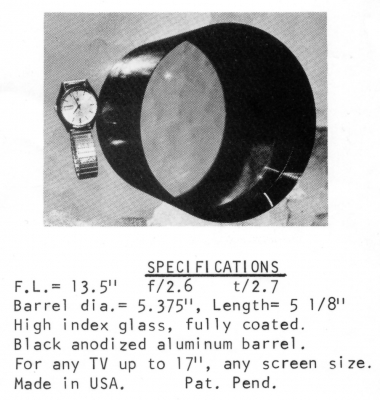
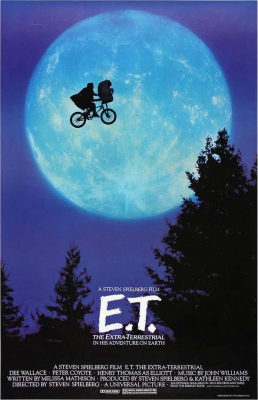

1982: 40 Years Ago
In 1982 we added a new line of eyepieces: the Wide Fields with 65° apparent field of view that fit between the Plössl (50°) and Nagler (82°) eyepiece (mobile site) lines introduced in the prior two years. One of the Wide Field claims to fame is that Michael Rudenko co-discovered Comet Levy-Rudenko (C/1984 V1) in 1984 with a 40mm Wide Field in his 6″ refractor.
This line has since been superseded by our Panoptic line (mobile site) having similar focal lengths but a wider apparent field (68°), better edge correction, and longer eye-relief.
There was one new Plössl introduced (mobile site) that year: our popular 32mm slotted into the lineup between the 55mm and 26mm Plössls. It provided the widest possible true field in 1¼” barrel eyepieces. That focal length is still in production today.
Tele-Vue Plössls are the sharpest I’ve ever used.
Berry, Richard. “Reviews: Plössl Eyepiece Set”. Astronomy (August 1981)
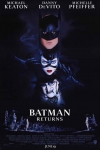
1992: 30 Years Ago
This year saw the introduction of our portable Pronto telescope. With its 70mm diameter objective, 450mm focal length (f/6.4), and 2″ drawtube, it could function as a terrestrial spotter or grab-n-go astronomical telescope. Low power fields of 11-lunar diameters made it a great scope for sweeping through the Milky Way. Later models had a 480mm focal length bringing the f/ratio to 6.8.

Our current production Tele Vue-76 APO (mobile site) scope has the same utility and focal length as the later Pronto but with a bigger 76mm objective and better color correction.
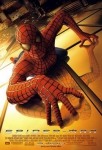
2002: 20 Years Ago
Multiple current-production items had their start in 2002. This includes the birder’s favorite 60-degree Everbrite diagonal (mobile site), the 24mm Panoptic (68° apparent field) eyepiece (mobile site) that provides the widest possible true field in 1¼” barrel eyepieces at a higher power than our 32mm Plössl, and the 2x Powermate amplifier (mobile site) for visual and imaging use.
In my opinion the 60° viewer represents a significant upgrade for any Tele Vue owner …
Stephen Ingraham. “Tele Vue Upgrades! The best view just keeps getting better”. Better View Desired (betterviewdesired.com) (April 2003).
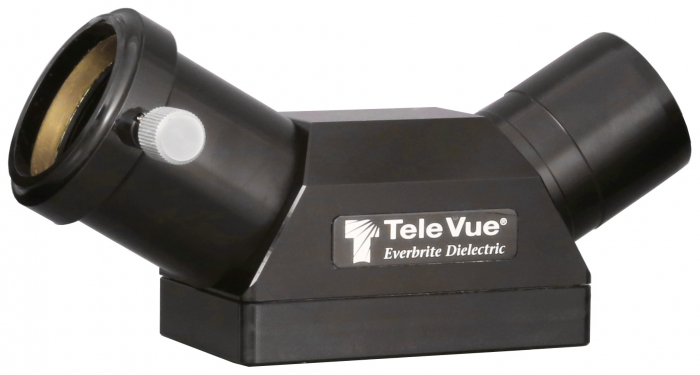
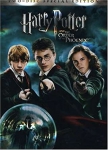
2007: 15 Years Ago
The astronomical world saw its first fully corrected, 100° apparent field eyepiece when the 13mm Ethos (mobile site) debuted at NEAF in April of 2007 and went on sale later that year. This eyepiece was designed around the fundamental design philosophy (the ethos) underlying Tele Vue eyepieces: high contrast, comfortable eye relief, and full-field sharpness along with control of astigmatism, field curvature, lateral color, angular magnification distortion correction, and low pupil sensitivity for daytime use.
This 100° of pure Tele Vue quality has a field area more than 50% larger than the 82° field of our “spacewalk” Nagler series. The Tele Vue Ethos is essentially multiple eyepieces, delivering the true field size of a longer focal length, narrower apparent field eyepiece with the benefits of higher power and darker sky background. (See The Majesty Factor on our website or mobile site.)
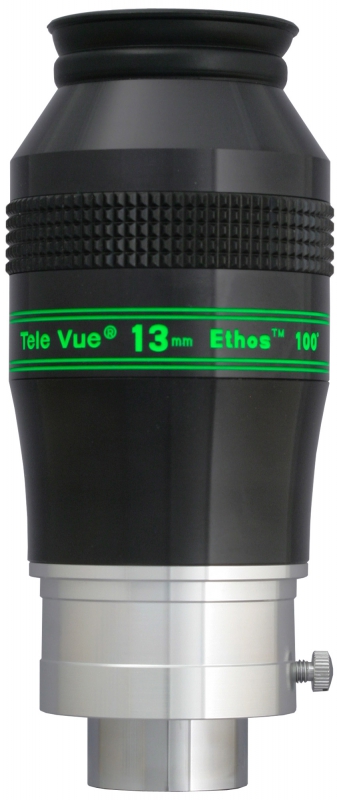
I think the most memorable view was M57, it truly felt like I was floating in space above the nebula – the telescope had disappeared!
The immersive view delivered by the Ethos’ 100-degree field of view combined with its amazing clarity and pinpoint definition is like putting an IMAX on your telescope.Menard, V. “Tele Vue’s Ethos”. Astronomy Technology Today (April 2008)
This was the first in a game-changing eyepiece line that cumulated with the introduction of the 110° Ethos SX eyepieces a few years later.

2012: 10 Years Ago
Most of the Delos (72°) eyepiece line (mobile site) of long eye-relief eyepieces were introduced this year. These were the 17.3-, 14-, 12-, 8-, 4.5-, & 3.5-mm models.
The Delos was conceived as a longer eye relief Ethos. Reducing the field to 72° allowed freedom to increase eye-relief, while controlling pupil aberrations and overall size. With Ethos performance standards as benchmarks, the Delos design achieves full field sharpness, virtually perfect f θ (theta) distortion mapping, and color neutrality. As with all our eyepiece lines, image fidelity is maximized utilizing glass-matched multicoatings and anti-reflection surfaces throughout the eyepiece.
With the Delos, the eyepiece simply “disappears” and allows the observer to observe. I could find nothing whatsoever to complain about; the “twist and tighten” eye relief adjustment feature is the best I’ve ever seen in any eyepiece, and the optics are essentially perfect. Tele Vue somehow always finds a way to continuously improve upon their eyepieces and the Delos is certainly no exception. Bottom line: If you’re in the market for a planetary eyepiece, you owe it to yourself to consider the Tele Vue Delos.
Erik Wilcox. “Tele Vue Delos”. Astronomy Technology Today (Nov-Dec 2011).

2017: 5 Years Ago
The final group of DeLite (62°) long eye relief eyepieces (mobile site) is released in 13-, 4-, & 3-mm focal lengths to fill out the nine eyepiece line.
This was also the year that we went off in a bit of a different direction: we started selling afocal eyepiece adapters for the TNVC/PVS-14 Gen-3 Night Vision Monocular (mobile site). We were intrigued by the white phosphor Gen-3 image intensifier tube which finally provided a much more natural view than the emerald green of previous night vision devices. We liked the simplicity of the afocal method which allows the monocular to be used stand-alone at 1x or attached to an eyepiece and used in a telescope. The eyeguard groove provided the perfect secure attachment point for the night vision monocular. The viewing effect is akin to giving your scope a 3x aperture boost! We also rolled out adapters for attaching our FoneMate smartphone adapter to the monocular eyepiece to allow imaging as well as a 48mm filter holder for 1x hand-held, wide-field views of nebulae with a narrowband H-α filter.
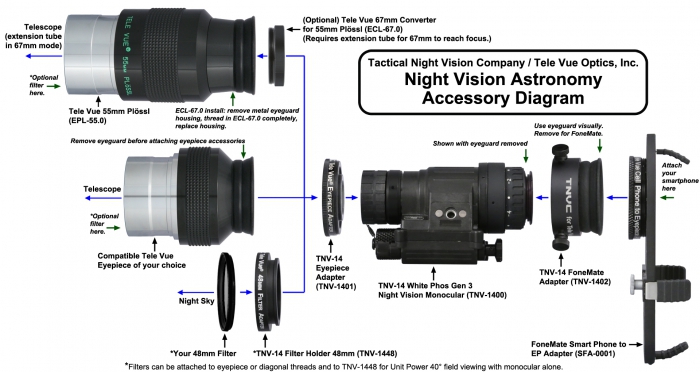
To learn what you can see using Night Vision astronomy, please read Gavin Orpin’s guest blog post: Night Vision in the UK: Seize the Night!
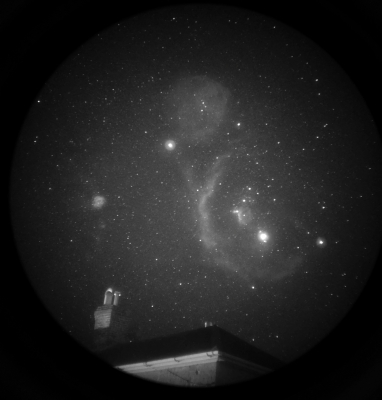
Stay tuned to the Tele Vue blog and website to see what 2022 brings!
Did you observe, sketch, or image with Tele Vue gear? We’ll like your social media post on that if you tag it #televue and the gear used. Example:
televue #tv85 #ethos #jupiter
Do you want your Tele Vue images re-posted on Tele Vue Optics’ Social Media accounts? Use this hashtag for consideration:
#RPTVO



Great History lesson! Thanks
Chase